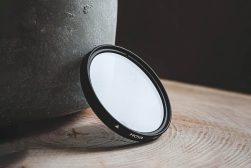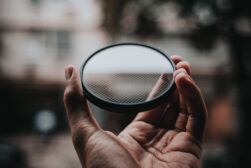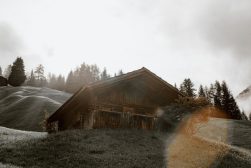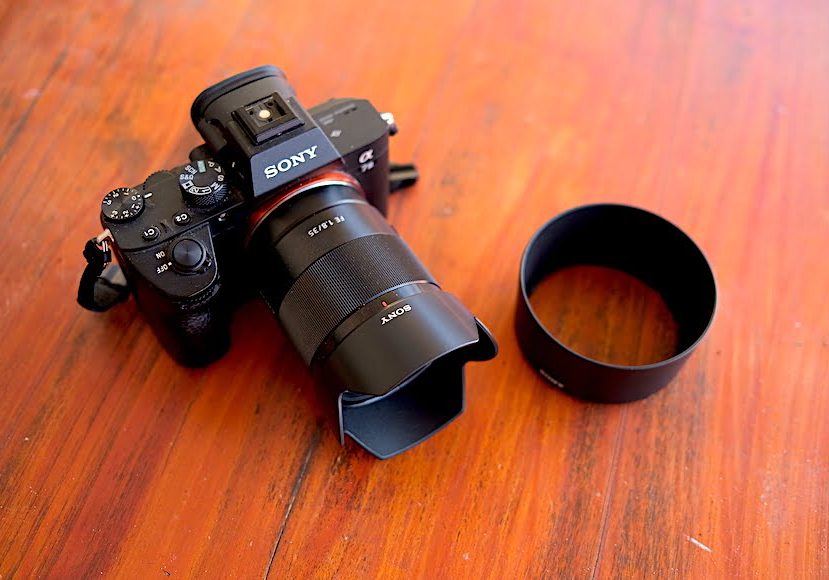
Why Use a Camera Lens Hood in 2024 (Before & After Shots)
Everything you need to know about camera lens hoods - types, how to choose them, when you should and shouldn't use them and before and after shots to compare.
Learn | By Greg Cromie
A lens hood is a plastic accessory that comes with everything from the cheapest kit lens to the most expensive professional lenses.
It’s a simple device that’s cylindrical and attaches to the front of your lens – usually via a screw thread.
Despite their basic form, they serve as an essential part of the photography process.
What’s more, there’s a range of third-party and aftermarket lens hoods that come in all shapes and sizes.
Some photographers can’t leave home without their lens hoods, and others turn their noses up at these simple camera accessories – let’s discover why.
What Does a Camera Lens Hood Do?
The main reason for using a camera lens hood is to reduce the amount of light coming into your camera’s lens. This allows you to control lens flare and maintain clarity and contrast in your images, even on bright days.
Lens hoods can also help to protect your lenses from damage.
Here are 5 reasons for using a lens hood with almost every lens you own:
1. Block sunlight and avoid lens flare

Too much sunlight – especially direct sunlight, such as in the image above – can have a detrimental impact on your pictures.
What does a lens hood do? It shields the camera lens from stray light that enters from odd angles.
Imagine being out on a sunny day, and the sun’s angle makes your eyes squint. Instinctively, you hold your hand up to shield against the harshness of that light. A lens hood works in precisely the same way.
Inside the lens, there are up to twenty glass elements all grouped and aligned to achieve focus, zoom, and image clarity, and to reduce aberrations and distortions.
Lenses also control the direction of light traveling to the image sensor.
Sunlight hitting the lens directly or at an angle impacts your image with lens flare – bright spots and streaks on your image.
The light coming in at sharp angles from the side of the lens is a big problem as those waves will bounce around inside it, much like the effect of light leaks.
Obviously, sunlight isn’t the only light source that a camera lens hood can help block – perhaps you’re shooting under bright street lamps, or maybe it’s the strobes in a studio setting – whatever the case, a hood can be the answer to unwanted glare.
2. Prevent damage to the lens glass
Most types of camera lenses are expensive – some of the best ones can cost tens of thousands of dollars. Despite being a pro and knowing what you’re doing, there’s always a risk of accidental damage to the lens element or lens face.
I’ve bumped the front of my lens several times when out on a shoot. It’s especially easy to do when the camera is slung over your shoulder on a camera strap or hanging in front of you.
If you damage that front glass element of your lens, you might as well replace the whole lens or send it off for repair.
Fitting a camera lens hood provides an additional layer of protection and insurance. Think of it as a bumper bar on a car – the bumper will take a knock in a car park, but the rest of the car will be fine.
How Much Do You REALLY Know About Photography?! 🤔
Test your photography knowledge with this quick quiz!
See how much you really know about photography...

You can live with a few marks on your lens hood, but you can’t live with a damaged lens.
3. Shield lens from the elements
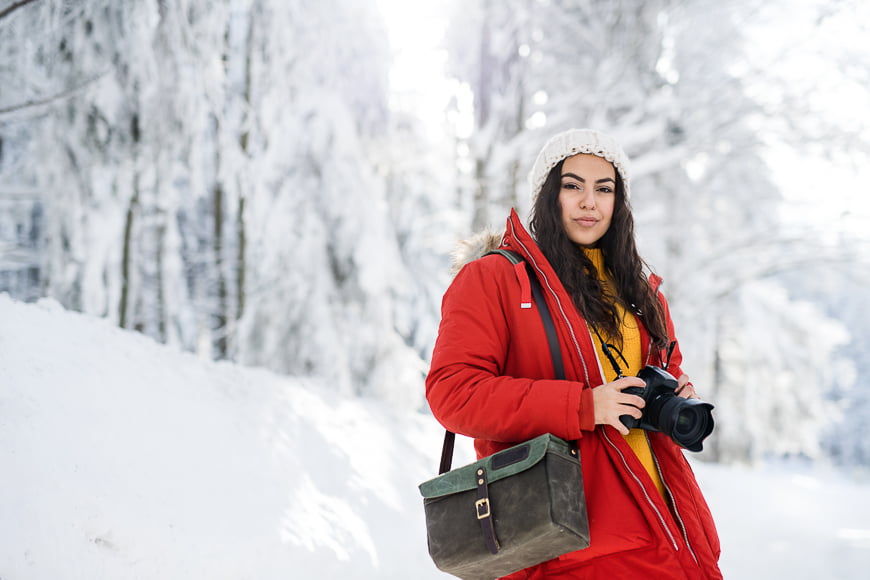
Another lens hood’s purpose is to protect the lens from the elements.
Some lenses have weather sealing allowing you to use them when it’s raining, snowing or in dusty conditions.
Being out on a wildlife excursion with a weather-sealed camera and telephoto lens all but guarantees a stunning shot of a snow leopard. But all that pricey gear is worthless when the front of your lens is caked in snow and ice.
The simplest way to manage this is with camera lens hoods. They provide a natural overhang that’s usually deep enough to shield your lens from the elements.
4. Avoid smudges on your lenses
We’ve all had the issue of finding fingerprints on the front glass of our lenses.
Most of the time they’ll be our own, as we often reach for a lens only to discover the lens cap is missing and we’ve just smudged our fingers across it.
While lenses are being treated with all sorts of smart coatings to keep the front element clean, you can’t defeat the sticky finger.
A simple way to manage this is with a lens hood. Much like the previous two points, the hood grants a layer of protection from fingerprints and any other surface that will leave an oily smudge.
5. Increase contrast and clarity
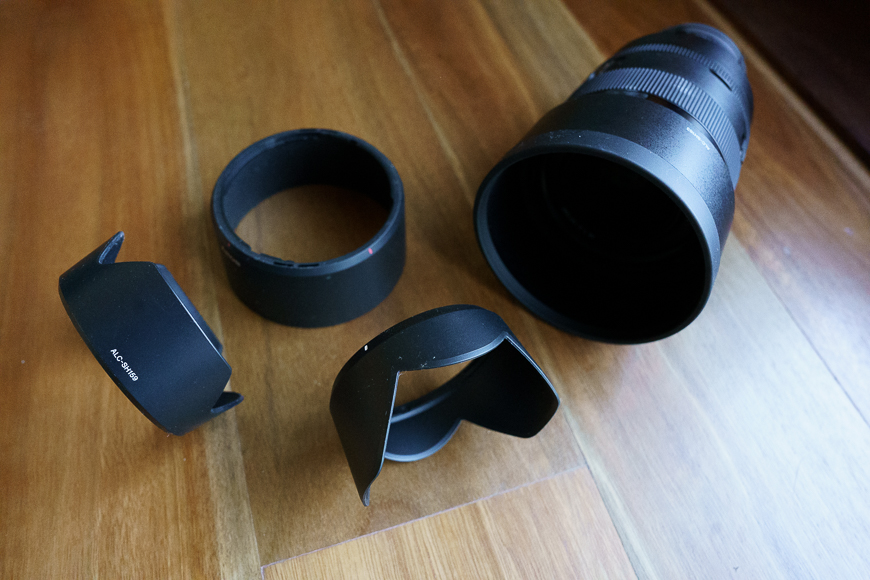
While some may say that a camera lens hood does little for image quality, the reality is it can make all the difference.
In an image, a flare hitting the lens at the right angle can seriously wash out all the detail and contrast available. Colours can become severely faded and muted, turning what would be a punchy image into one that’s unusable.
It’s like driving your car on a sunny day, and the light is shining in your eyes. You see a small amount of detail, enough to drive safely, but the clarity is gone, and the glare is intense.
With a lens hood, the stray light that attacks the front element of the lens and causes the flare disappears.
What’s more, your images will benefit considerably as the light is held at bay to allow for contrast and clarity to be evident, such as in the image above.
- Is a Lens Hood necessary for 50mm?
It depends on the type of 50mm lens, and what you are trying to prevent by using a hood. Some 50mm lenses have a front lens element that’s recessed so there’s no need to protect it with a hood.
However, if you’re using a hood to prevent unwanted light from affecting your picture, then yes, lens hoods are necessary for 50mm and other focal length lenses too.
Do Lens Hoods Really Work? 6 Photos With and Without a Camera Lens Hood
Here are some lens hood before and after shots so you can see exactly what they do to a photo.
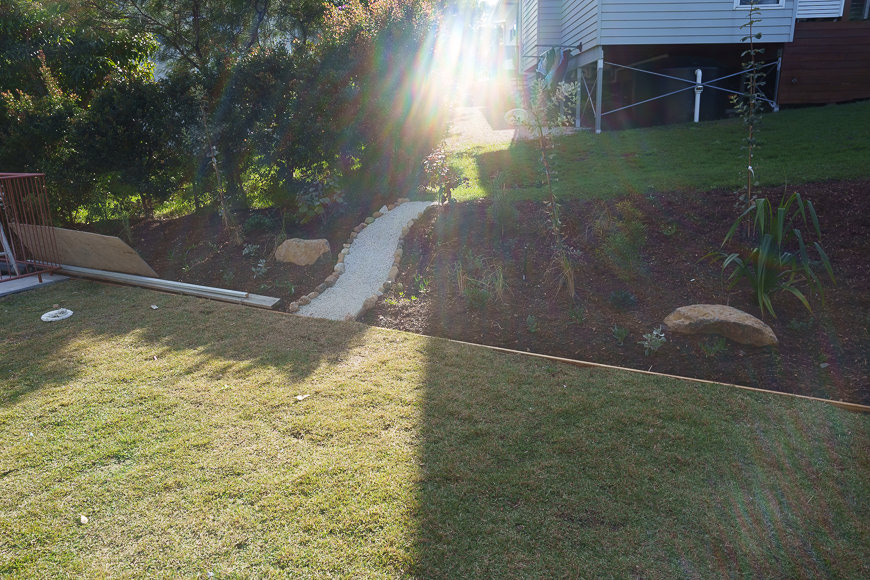
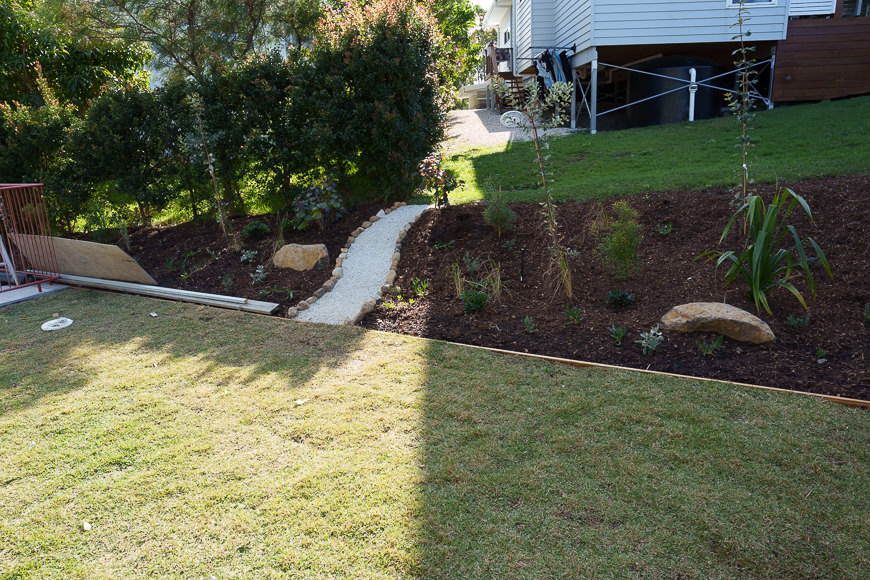
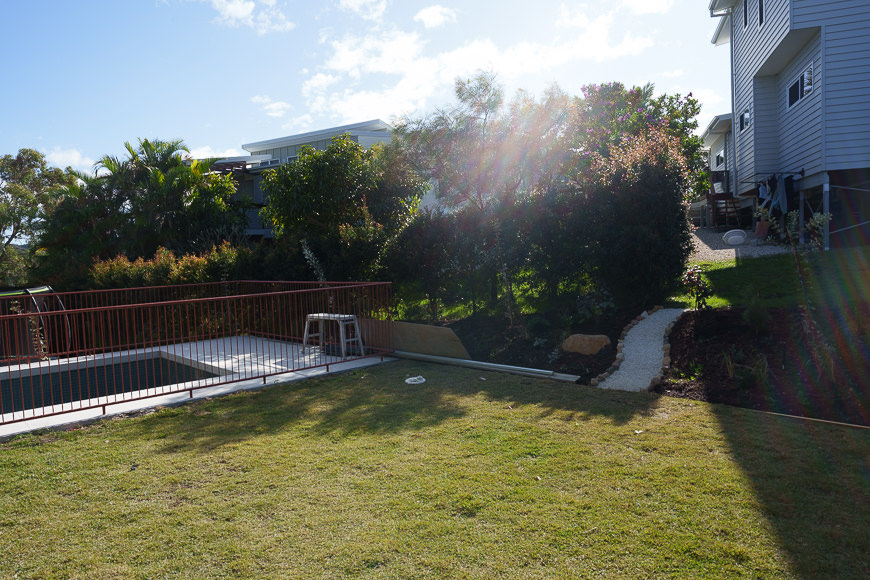
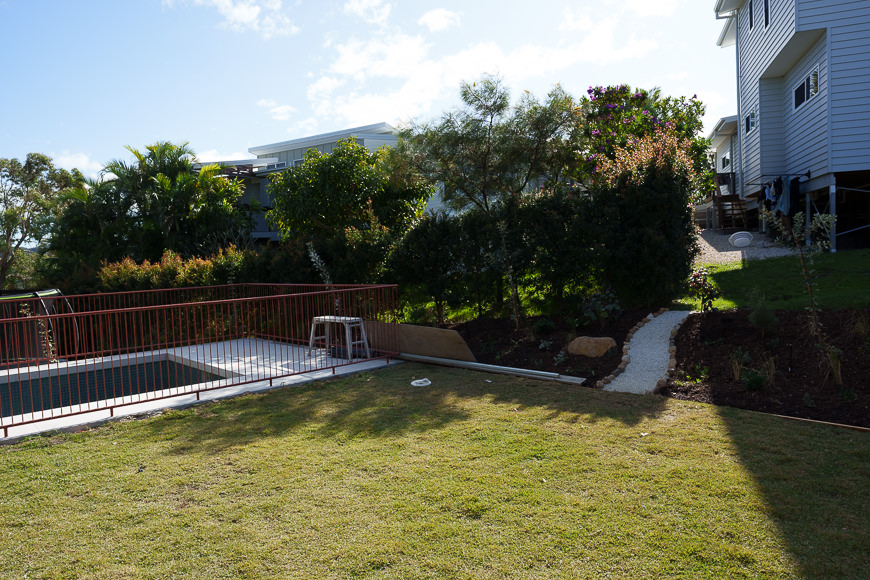

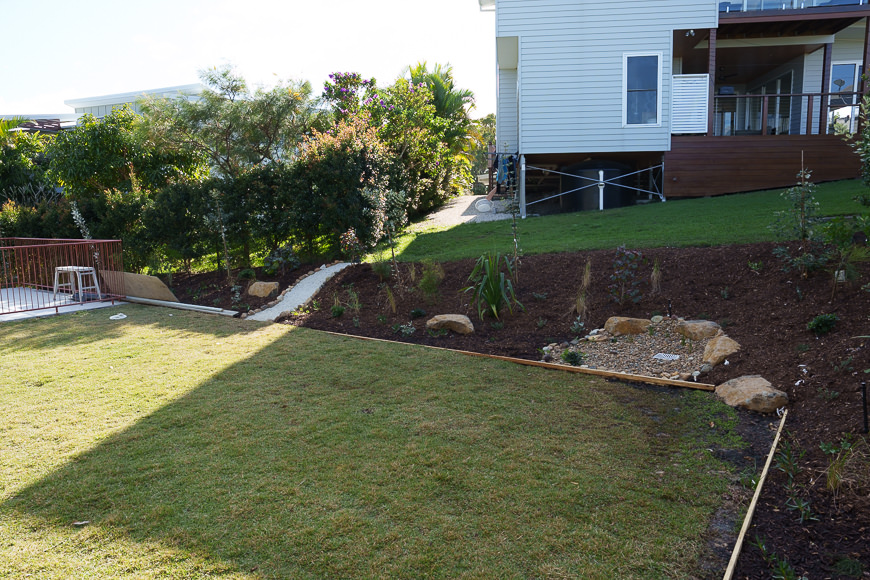
How to Put On a Lens Hood
To attach a lens hood to your camera lens, simply line up the grooves inside the hood with those on the front of your lens, and twist until it clicks into place.
When not in use, you can flip the hood around and mount it in reverse on the lens to save some space – this is useful when packing your camera in a bag.
What are the Different Types of Lens Hoods?

Left: Petal Lens Hood. Right: Cylindrical Lens Hood.
There are a few different types of camera lens hoods, including those offered by the lens manufacturer in the box and those you can buy separately for prime and zoom lenses.
- Cylindrical (Round) Lens Hoods
A cylindrical lens hood will usually have a diameter that’s only slightly wider than the widest part of the lens – they also have a straight front edge.
That way, you can mount the lens backwards when not in use and it will stay snug against the lens barrel. Lenses with a long focal distance (35-90mm) or longer telephoto lenses will usually have a cylindrical lens hood.
These lenses have a compressed field of view, so you won’t see the tips of the hood in your image.
- Petal Lens Hoods
Some lenses will have a petal-shaped lens hood – otherwise known as tulip-shaped. These have four curved petal-shaped edges and when mounted are longer at the top, bottom and two sides.
The design of these hoods allows optimal light while avoiding flare. You’d use this type of hood with a wide-angle lens – some of them have a considerably wider diameter than the front element to prevent the edges of the hood from appearing in images.
If you’re comparing a tulip lens hood vs round, it depends on your needs – a tulip hood is better for wide-angle lenses. They’re also designed to block more light from the four corners of an image, making them marginally more effective than a round hood.
- Square Lens Hoods
Why use a square lens hood? To block more ambient light. Square or rectangular hoods aim to replicate the shape of your camera sensor, and in doing so, block any stray light from entering it. Square hoods also have a retro appeal to them, so you’ll sometimes see them on Leicas or Fujifilm cameras.
- Bayonet Lens Hoods
A bayonet lens hood is a term used interchangeably for all types of lens hood, but usually refer
- Rubber Lens Hoods
Why use a rubber lens hood? Rubber lens hoods feature collapsible segments so you can easily store them. They can also be stretched around the front lens element, meaning you can use one hood for all of your lenses.
- Metal Lens Hoods
Some aftermarket first-party lens hoods can be a premium product made from alloy or metal to complement a specific lens.
Fujifilm offers several metal lens hoods that mount with a round thread but have a rectangular form – reminiscent of a videography lens.
- Are camera hoods universal?
In general, camera hoods are not universal – you cannot screw a hood from a Canon camera onto your Sony lens, for example. However, there are certain third-party manufacturers who offer universal hoods which are usually made of rubber, to conform to the different lens diameters.
What type of lens hood is best?
The lens hood that comes with your lens is usually the best option as deemed by the lens manufacturer.
If you’re purchasing a third-party lens hood, rubber options allow you to use them on lenses of different diameters, meaning you can often own just one and use it with all your lenses.
As for the shape when buying spare lens hoods, a cylindrical or a petal shape will get the job done.
When to Use a Camera Lens Hood to Improve Your Photography
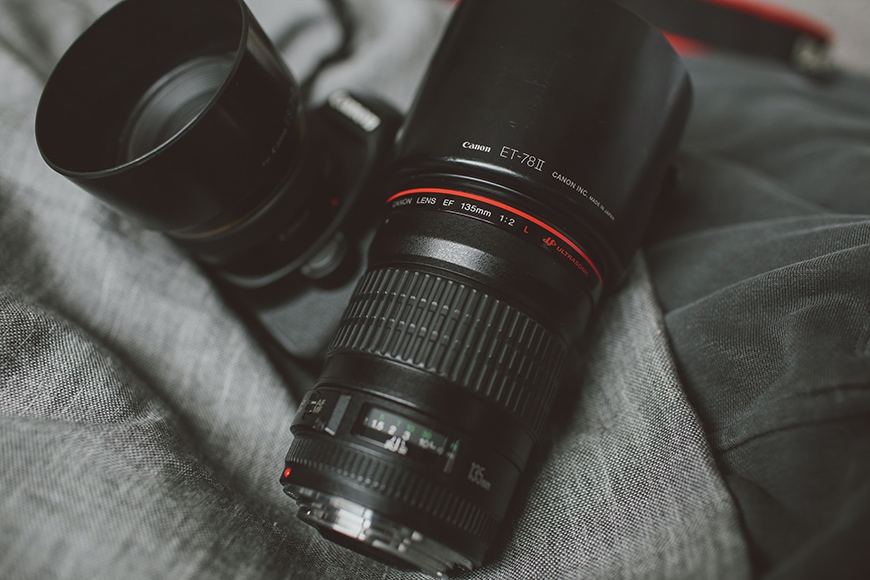
Now that you know all about lens hoods, you might wonder when to use a lens hood. The short answer is that you should use a hood when you want to avoid lens flare or protect your camera lens.
(You should also use a UV lens protection filter if you’re concerned about protecting the surface of your lens.)
Here are some frequently asked questions regarding using hoods in photography:
- Should I use a Lens Hood on a Cloudy Day?
No, there’s really no point in using a lens hood on a cloudy day since there won’t be much stray light entering your lens. Using a hood when it’s cloudy may actually reduce the ambient light your camera sees, forcing you to use a slower shutter speed or higher ISO, which can have adverse consequences on your image.
- Should I use a lens hood with a flash?
In general, you shouldn’t use a hood with a flash since it can prevent the flash from properly exposing the lower portion of your photo. This is especially the case when using a wide-angle lens or a longer hood.
- Can you use a lens hood and filter at the same time?
Yes, you can use both at the same time. The diameter of the outer edge of the lens filter shouldn’t be in the way when you fix or remove the hood. However, a lot of lenses only have one point of attachment, so it’s either the filter or the hood, but not both.
- Do you use a lens hood indoors?
Unless you’re trying to shield from overhead lighting, there’s no real need to use a lens hood indoors as it won’t impact image quality either way. That said, you might keep one on while indoors just to help protect your lens from damage.
- Do I need a lens hood if I have an ND filter?
It’s generally not advisable to use a hood with an ND filter, since the hood may cause light to enter your lens off-angle, which may adversely affect the light-filtering properties of the ND filter.
- Do lens hoods cause vignetting?
If you stick to the hood that comes with your lens, you shouldn’t notice any vignetting. However, if you use an ill-fitting third-party lens hood or attach a petal-shaped hood incorrectly, you may see the edges of the hood in your frame, which will appear as vignetting in the final image.
- Should I use a lens hood at night?
While not essential, camera lens hoods can be useful at night for blocking unwanted artificial light from causing lens flare on your images.
- Does a lens hood affect exposure?
Yes, a lens hood affects exposure by stopping unwanted light from overexposing elements of your image.
- How should I transport/store my lens hoods?
Due to the shape and material of lens hoods, they easily crush if squished into a camera bag. One way to minimise risk and save space is to transport them attached to your lens in the reverse position.
How do I choose a lens hood?
The video above gives some good tips when choosing a lens hood.
- How do you measure for a lens hood?
The easiest way is to measure the diameter of your lens filter thread. However, if you want to calculate where in the periphery a lens hood would become visible, here’s the formula courtesy of Photo.Stackexchange:
AoV=2*arctan(d/2f)
AoV is the Angle of View
d is the size of the sensor/film in the direction measured
f is the focal length (in the same units as d)
For a circular hood, you would use the diagonal measure of the sensor/film
For a petal or tulip hood you would need to calculate based on the width and height as well as the diagonal of the sensor/film.
- Do You Really Need a Lens Hood?
In most cases, yes – many photographers use camera lens hoods to avoid lens flare and protect their lenses.
- Why I don’t use a lens hood
Where a lens hood blocks excessive light and prevents severe lens flares from ruining an image, the opposite can be quite appealing.
Adding a little flare to your image can turn a simple composition into a more pronounced story. Lens flare can help to narrate that it’s bright or hot, for example.
It’s just important to remember that excessive lens flare is not your friend and that it’s best to take a balanced approach in how often you introduce flare to your photos.

Check out these 8 essential tools to help you succeed as a professional photographer.
Includes limited-time discounts.






